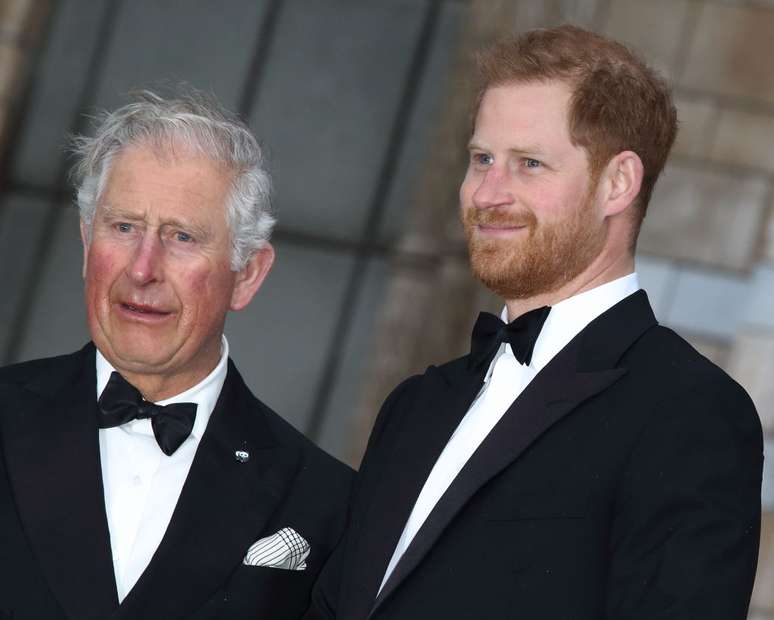Viral on TikTok, a tool surprised by getting the “translations” of the feline language correctly; animal behavior expert explains what makes it possible
Occasionally, who is a tutor catsespecially the more “chatty”, he already wanted to understand the meows expressed by pets at different times of the day.
From volume to time interval, every attempt to establish communication with human beings represents needs and feelings that pique the curiosity of those who listen to them and try to decipher them.
Recently, an app claiming to be successful in this mission went viral Tic knock: and the MiaoTalk. On the net, users have been surprised by the translations, ranging from “feed me” to “I need love”.
@marinabertamoni
The app name is: MeowTalk #meowtalkapp #meowtalk #foryoupage #gatostiktok #gatos #miado @rafaelyueta
Original sound – Marina Bertamoni
On the MeowTalk website, the developers promise to be the first app capable of deciphering the feline language. “We are using cutting-edge learning and data science to go beyond just guessing and detecting sounds,” reads an excerpt explaining the app’s technology.
Using the tool is relatively simple: just register the cat with its name, gender and age and record a meow. MeowTalk also provides a feature for use in older cell phones, called MeowRoom mode, which eliminates the need to manually start recording.
But is the app really capable of delivering on what it promises? According to Carlos Albertsresearcher at State University of Sao Paulo (Unesp) and expert in animal behavior, it is possible that MeowTalk actually “translates” some meows.
“In the same way that we can recognize non-verbal communication between humans, we have the potential to understand communication between other animals. Based on this principle, we can say that it is possible to do what MeowTalk says it does,” explains Alberts.
The expert argues that if humans were able to develop the polygraph, which detects something as complex as truth and lies, even simpler languages, such as that of cats, can be deciphered. The key to doing this, he says, is understanding how cats communicate with humans.
Human language signals are different – or opposite – from feline language
To understand cat communication, it is necessary to know that both animals and humans have non-verbal language. According to Carlos Alberts, 70% of human communication occurs through gestures, expressions or the speed of speech.
“That’s why, when we arrive in a country whose language we don’t know, we still manage to have a coffee or drink some water”, he exemplifies. Just as humans decipher each other’s non-verbal language, animals also communicate non-verbally with guardians.
The signs, however, can differ – and even oppose. Alberts says humans tend to open their eyes and raise their eyebrows when they have affection for other humans. When we want to avoid or show displeasure, we close our eyes.
For cats, the exact opposite happens: closing your eyes shows confidence. “That’s why we hear so many cases of people who don’t like cats and who, when they arrive at a house, are chosen by cats to jump into their lap,” he explains.
The researcher points out that cats who have contact with humans strive to communicate with their guardians. This is why adult cats meow.
Lonely cats – those that live without contact with other cats or with humans – do not use vocalization, as meowing is used for the mother and kitten to communicate with each other.
“Social cats maintain a communicative repertoire from when they were kittens and remain kittens for the rest of their lives, culturally and communicatively,” says Alberts.
The feline language “model” is what can ensure that MeowTalk translates vocalizations. According to the expert, cats from different parts of the world express sexual availability, aggression or friendship in the same way.
The database present in the application, fed every time it is used, ensures that the meows are increasingly decoded. But the defects of “translation” can clash with specific languages of each family.
“Part of the language is created with the family. This happens, for example, when the cat meows and the owner finds it ‘cute’. The sound is reinforced by the tutor’s affection,” says the researcher.
Will applications be possible that transform human language into meows or “translate” barks?
Developing apps like MeowTalk represents the human desire to communicate better with animals Photo: Pexels / Cats Coming
Following the success of MeowTalk, tutors asked for an app that would “translate” human language into meowing or do the same with barks. Carlos Alberts points out, however, that the two alternatives will be more difficult to develop.
Although dogs are more scientifically studied than cats, the vocal aspect is much more analyzed in felines. Deciphering the barks would require a greater scientific basis for dogs.
Transforming human language into meows, the cultural aspect makes the task more complex. “There is a big difference in the way people talk to their animals, especially cultural differences,” the specialist points out.
For Alberts, however, one thing is certain: the gesture of trying to understand what animals have to tell us is an interesting and beautiful attitude. “We are usually a little selfish and superior and we don’t care about communicating to them what we want. This shows that these animals have really become part of the family,” she concludes.
* Trainee under the supervision of Charlise de Morais
Read it too
Source: Terra
Benjamin Smith is a fashion journalist and author at Gossipify, known for his coverage of the latest fashion trends and industry insights. He writes about clothing, shoes, accessories, and runway shows, providing in-depth analysis and unique perspectives. He’s respected for his ability to spot emerging designers and trends, and for providing practical fashion advice to readers.






![More beautiful life in advance: What awaits you on Tuesday, July 29, 2025, Tuesday, July 29 [SPOILERS] More beautiful life in advance: What awaits you on Tuesday, July 29, 2025, Tuesday, July 29 [SPOILERS]](https://fr.web.img5.acsta.net/img/7c/84/7c840683749077dd242fffe4f827b81d.jpg)


